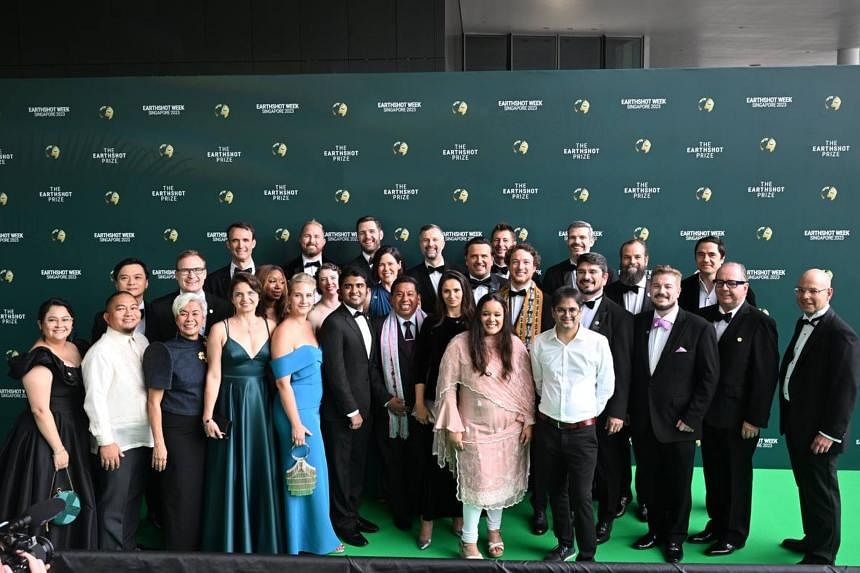SINGAPORE - The Earthshot Prize was given to five winners at a ceremony at Mediacorp Theatre on Tuesday.
The annual award was started in 2020 by Britain’s Prince William in a bid to protect the ailing planet. Each year, it recognises five exemplary projects that work on solving key environmental issues.
The winners received £1 million (S$1.7 million) each to boost their projects.
They were picked from a pool of 15 finalists by The Earthshot Prize Council. There is one winner under each of the five categories: creating a waste-free world, cleaning the air, fixing the climate, reviving oceans, and protecting and restoring nature.
Here are the five winners and their projects.
Protecting and restoring nature
Winner: Accion Andina
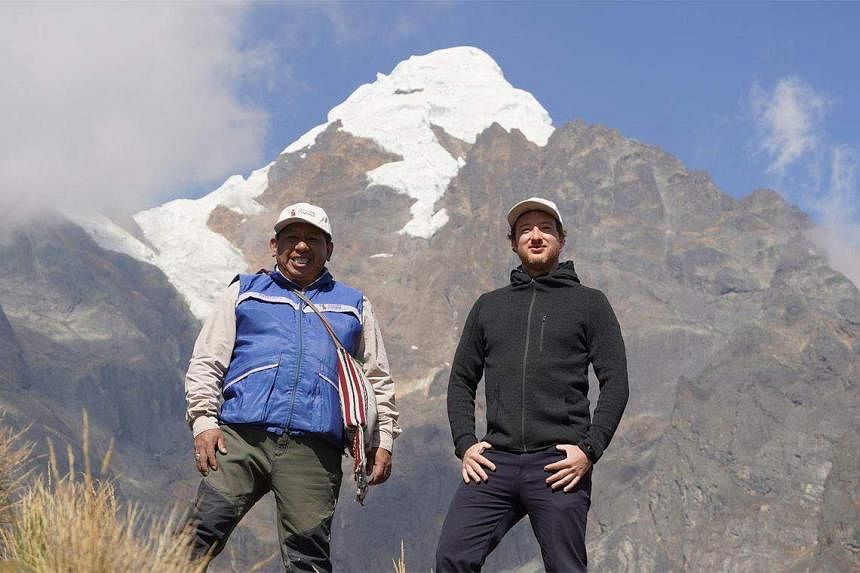
Where: The Andes Mountains
The project: Accion Andina unites local and indigenous communities in the high Andes, getting them to work together to protect and restore native forests and ecosystems.
The conservation initiative provides resources such as salary support, project and financial management, and technical training.
This comes as centuries of deforestation, animal grazing and mining have depleted high Andean forests, leaving behind less than 10 per cent of the region’s native forests.
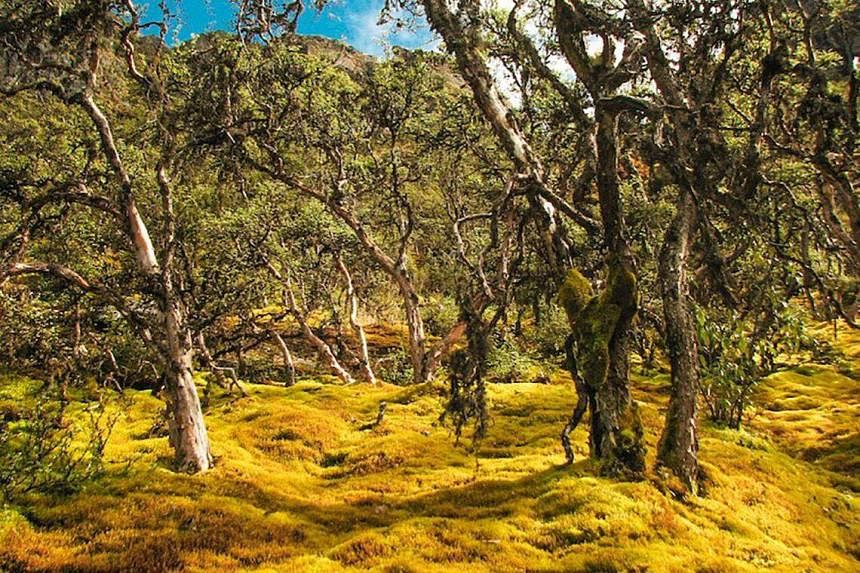
Found at altitudes of 3,500m to 5,000m, the forests comprise mainly slow-growing Polylepis trees that capture water from glacial run-off and moisture from mist rising from the cloud forests below.
The water is then slowly released to form permanent streams and wetlands, as well as support carbon-rich soils and ecosystems.
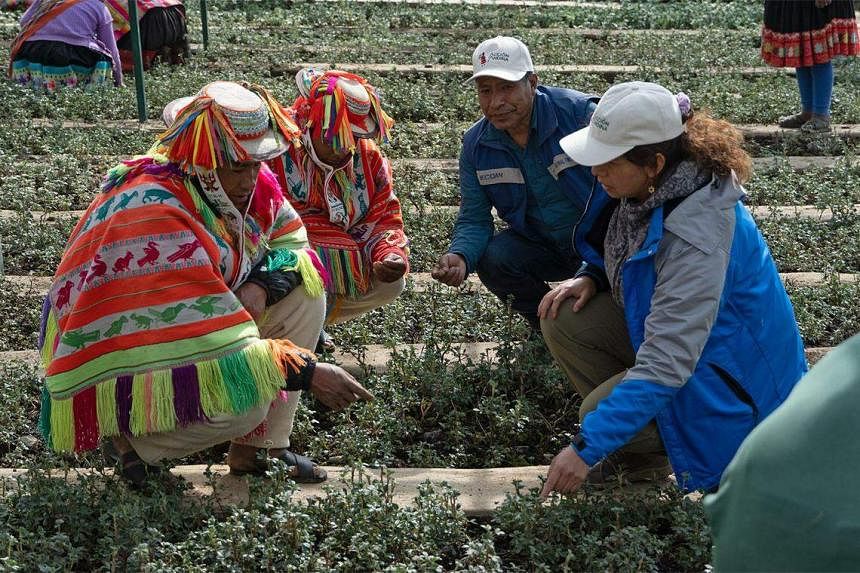
The trees help provide fresh water to those living in mountain villages and the millions in lowland towns and cities.
Loss of these forests has caused farmland to become infertile and water supplies to dry up, affecting the livelihoods of many.
Impact: Since 2018, almost 10 million native trees have been planted across five countries. More than 4,000ha of Andean forests have been restored and more than 11,000ha of native forests are protected from destruction.
Future plans: By 2045, the project aims to protect and restore one million ha of high Andean, native forest ecosystems across Argentina, Bolivia, Chile, Colombia, Ecuador, Peru and Venezuela.
Global Forest Generation, which carries out large-scale ecosystem restoration initiatives, plans to replicate the Accion Andina model to restore the world’s most critically endangered and neglected ecosystems.
Reviving oceans
Winner: WildAid Marine Programme
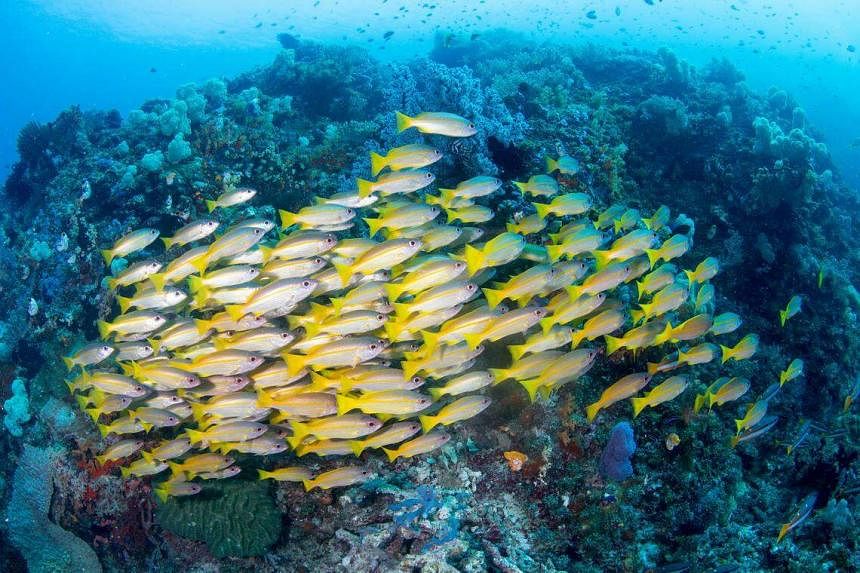
Where: Worldwide
The project: WildAid ensures that marine protected areas (MPA) – where human activity is restricted – continue to deliver on their conservation promises and create sustainable fishery zones.
Governments have designated MPAs in a bid to stem overfishing, which threatens ocean life and the livelihoods of people who rely on the sea. However, nearly 60 per cent of MPAs face enforcement challenges and are unable to fully protect ecosystems under their control.
Through WildAid’s programme, governments, charities, non-profit organisations and academics come together to tailor actions for each region.
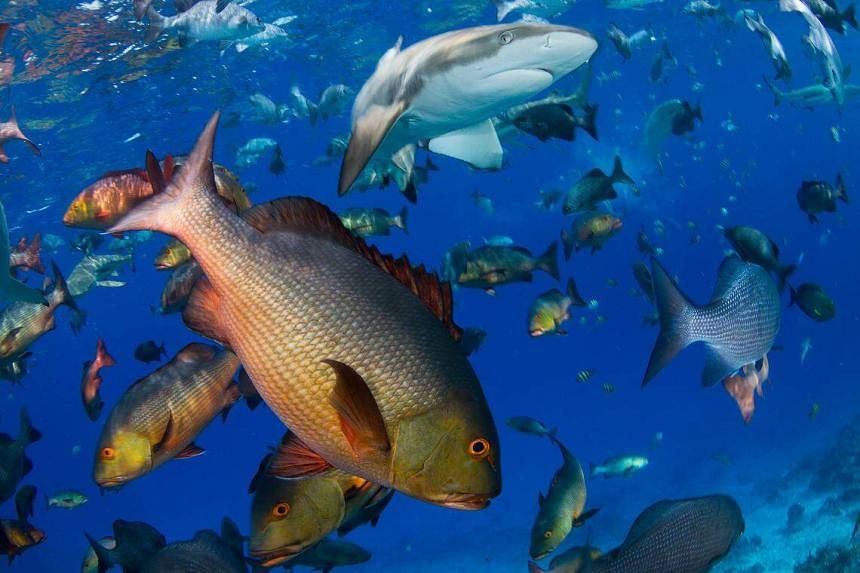
So far, WildAid has worked in 96 MPAs and coastal fishery zones across 16 countries, from the Galapagos to Indonesia, and Palau to China.
For instance, coral-rich reefs in Indonesia’s Misool Marine Reserve, which is a crucial habitat for 1,500 species of fish, were being destroyed by dynamite fishing, turtle egg harvesting and manta ray hunting.
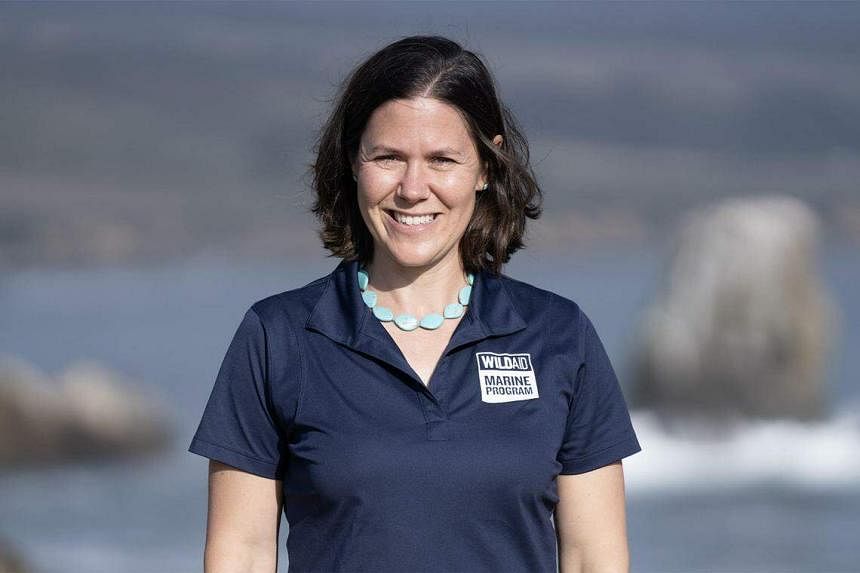
WildAid helped come up with a more comprehensive protection plan, increased patrolling frequencies to deter illegal fishing, and provided alternative livelihoods for over 250 fishermen in tourism and aquaculture.
The organisation helps build law enforcement capacity by making sure that people have the tools, technology and resources to strengthen conservation and deter illegal fishing.
Impact: There are more than 15,000 MPAs globally, covering some 8 per cent of the world’s oceans. If regulations within these zones are followed, scientists predict that critical ocean life within the MPAs would be restored.
This would be crucial as the world has a 30 by 30 target of safeguarding 30 per cent of land and oceans by 2030, in a bid to curb biodiversity loss.
WildAid estimates that it has helped improve the protection of more than 8,500 marine species.
Future plans: WildAid is looking to expand its work from the current 96 MPAs and coastal fishery zones to 250 in the next five years.
Cleaning the air
Winner: GRST
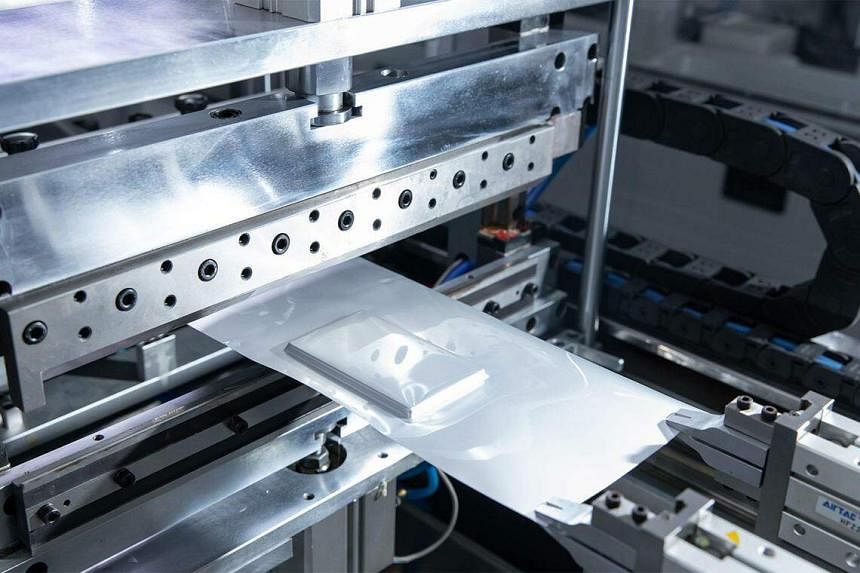
Where: Hong Kong
The project: GRST, which stands for green, renewable, sustainable technology, has come up with a cleaner way of making batteries that can be easily recycled.
Lithium-ion batteries are in high demand for electric vehicles and energy storage solutions. However, the mining of lithium harms soil and causes air pollution.
Plastic adhesives used in lithium-ion batteries are toxic and cause pollution when used batteries are dumped in landfills. The adhesive is processed with an organic solvent, known as NMP, which is toxic when in contact with humans and when inhaled.
The batteries can be recycled, but the process is energy intensive. They have to be dismantled, shredded and then processed into a black mass which contains high amounts of lithium, cobalt and nickel.
These metals are then extracted to be reused in other batteries.
GRST produces batteries that do not use plastic adhesive, and water replaces NMP in the process.
All binding materials are water-soluble. This means the used batteries can be dunked in water and the black mass recovered immediately. The batteries also cost 5 per cent less to produce than conventional batteries.
Impact: GRST says its production process consumes 35 per cent less energy than conventional methods, and its use of low-carbon footprint materials would bring about a 40 per cent reduction in greenhouse gas emissions. The company says its batteries last 10 per cent longer as its binding materials are stronger.
Future plans: GRST currently produces and sells its batteries in China. It is targeting markets in Canada, Europe and Singapore, with plans for a manufacturing facility in the Republic.
Fixing the climate
Winner: Boomitra
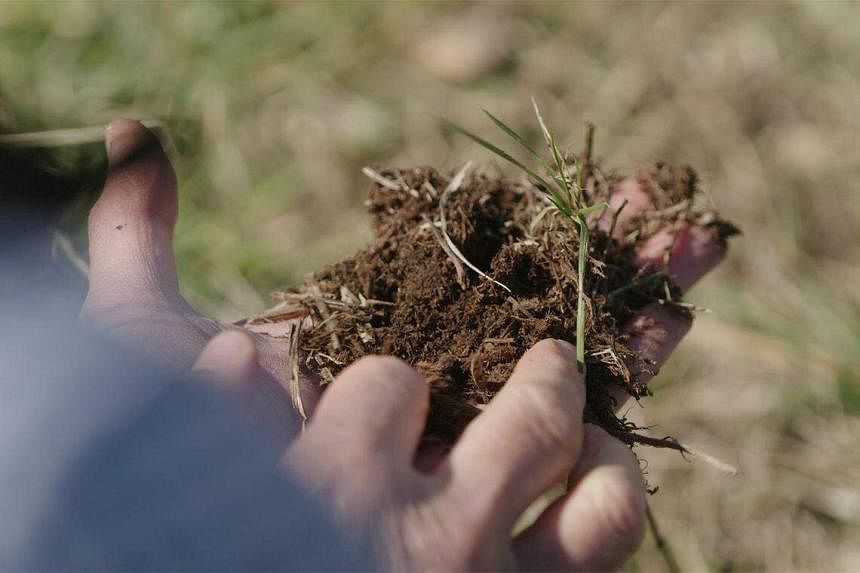
Where: Worldwide
The project: Boomitra works with over 150,000 farmers and ranchers worldwide, in countries such as Mexico, Kenya and Uganda, to improve their agricultural practices.
Efforts include minimising soil disturbance, planting cover crops to protect the soil, and maximising crop diversity.
These measures improve soil health and crop yields, and also help remove planet-warming carbon dioxide from the atmosphere.
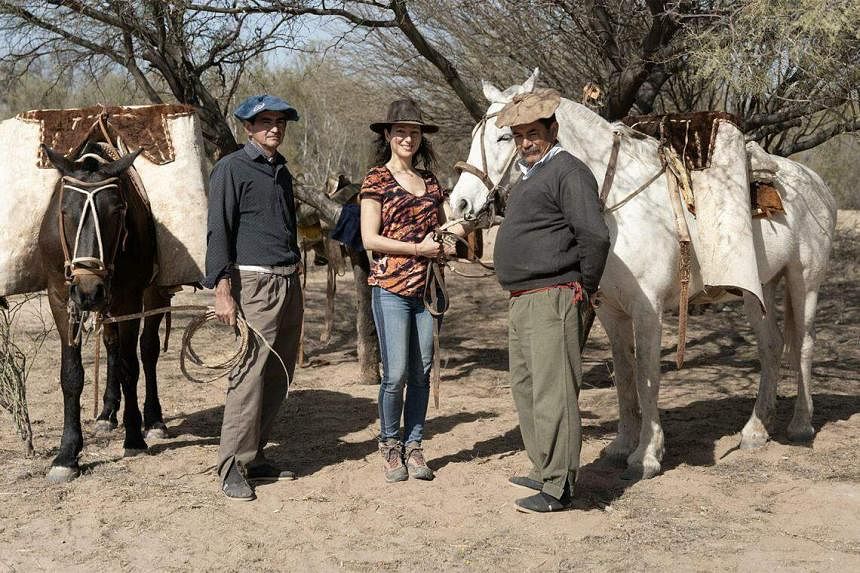
Boomitra uses remote sensing technology to monitor, report and verify the amount of carbon, nutrients and moisture in the soil.
Farmers are then paid according to the amount of CO2 stored in their soil, providing them with a new source of income through the sale of carbon credits.
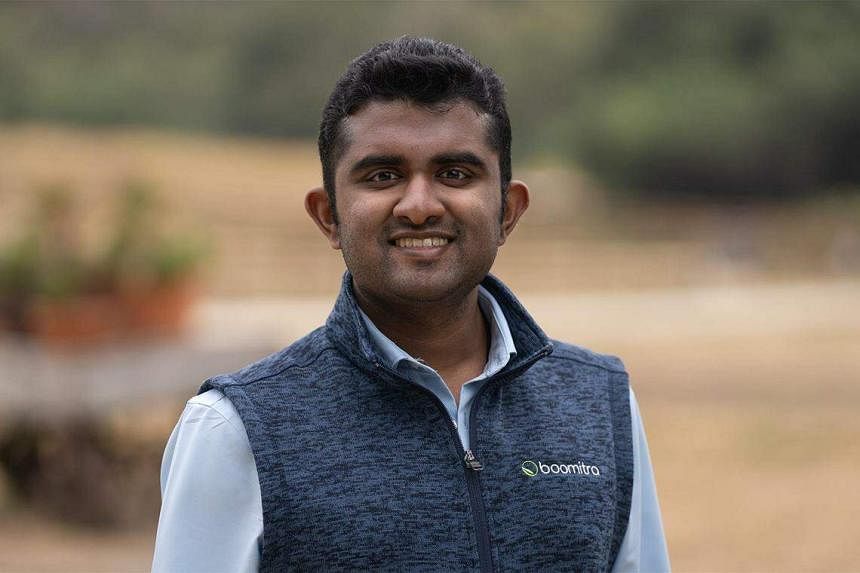
Each credit represents a tonne of CO2 captured from the atmosphere. Credits can be sold to businesses which are looking to offset their carbon emissions.
Each project goes through rigorous third-party certification. Boomitra has five projects under Verra, a reputable carbon registry.
Impact: Boomitra estimates that its projects have helped to remove 15 million tonnes of CO2 from the atmosphere since 2018. At least US$200 million (S$271 million) in finance will be given to farmers and ranches by 2025.
Future plans: Boomitra is working on a monitoring system for nitrous oxide to help farmers decarbonise holistically. This potent greenhouse gas, which accounts for 6 per cent of global warming, is usually released when soil microbes digest nitrogen fertiliser.
Creating a waste-free world
Winner: S4S Technologies
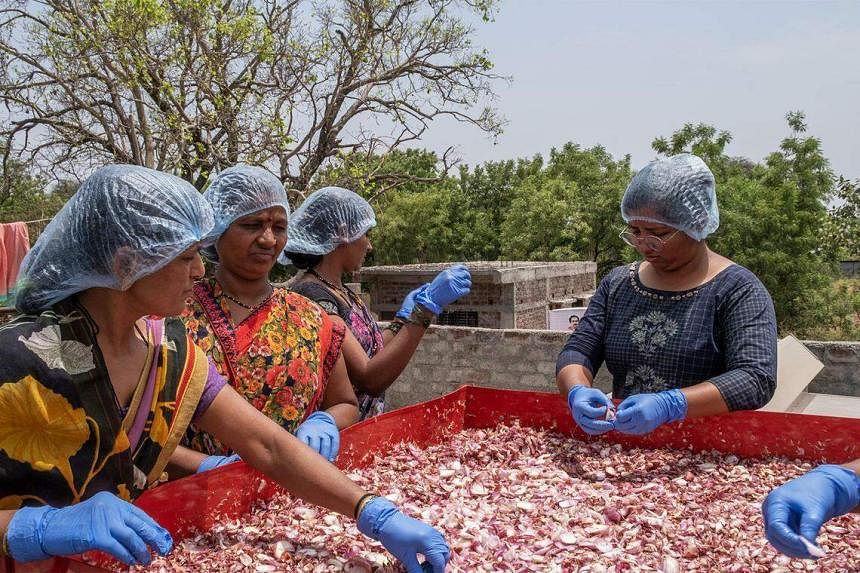
Where: India
The project: S4S Technologies helps small-holder farmers preserve and market their excess produce by providing them with cheap solar-powered dryers and food processing equipment for food and waste preservation.
Such equipment helps to prevent unsold farm produce from going to waste.
Currently, about 30 per cent of agricultural produce, from fruit to vegetables to grains in India, is unsold. Bumper harvests and price fluctuations result in unsold produce going to waste, causing income loss for small-holder farmers.
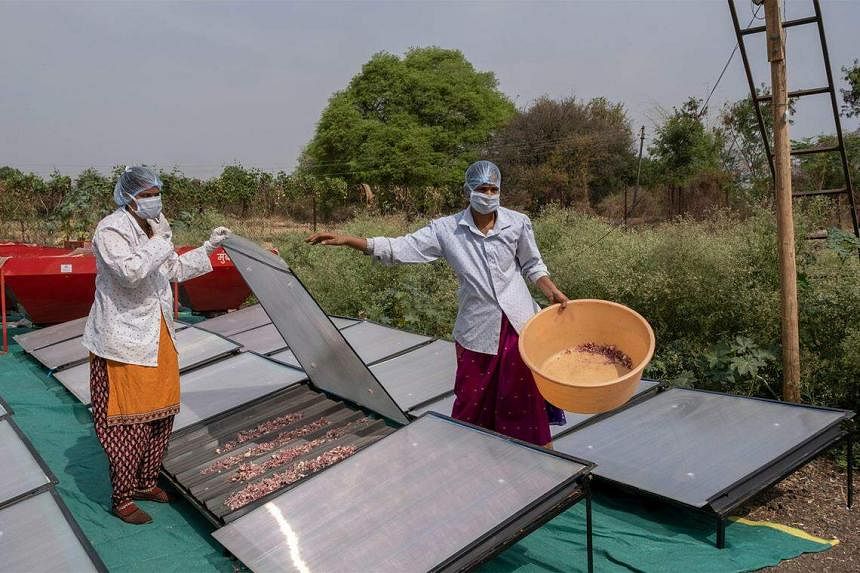
The company also supports women farmers who want to use the preserved waste to produce food products, such as ketchup, seasoning, breakfast cereals and potato chips, and sell them. S4S buys these products from these entrepreneurs and sells them worldwide.
S4S targets women as the agricultural sector employs 80 per cent of all economically active women in India. Most of them live in poverty, earning less than US$2.50 a day.
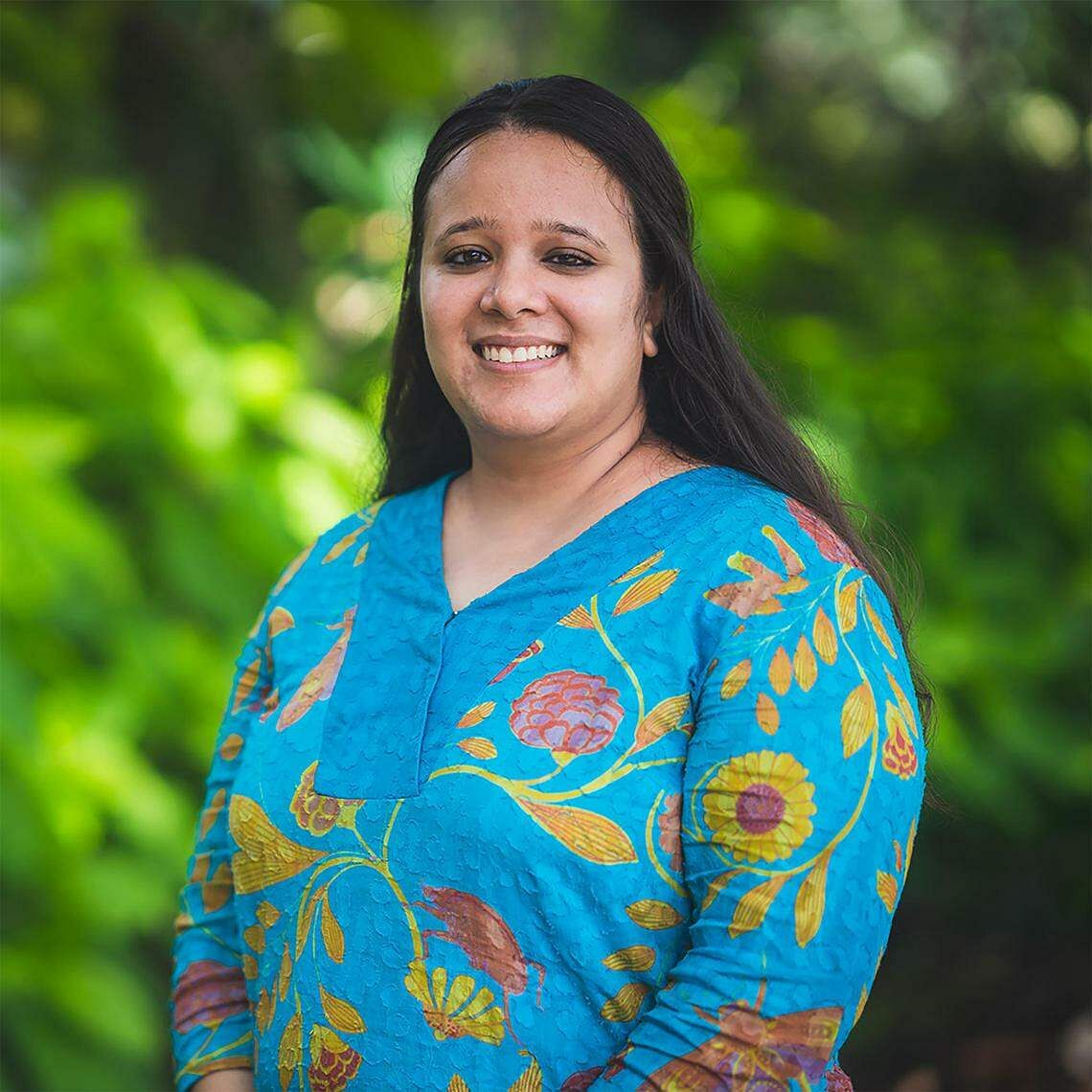
Impact: Some 100,000 small-holder farmers supported by S4S have recorded a 10 per cent to 15 per cent increase in their profits. The 2,500 female entrepreneurs that the company partners have seen their incomes double or triple since 2020.
Future plans: In the next three years, S4S aims to expand its network of small-holder farmers from 100,000 to one million, and help 10,000 entrepreneurs in India. It is looking to include more states in India and expand into Africa.
The company hopes to save half a million tonnes of food from going to waste and prevent one million tonnes of CO2 from entering the atmosphere.
